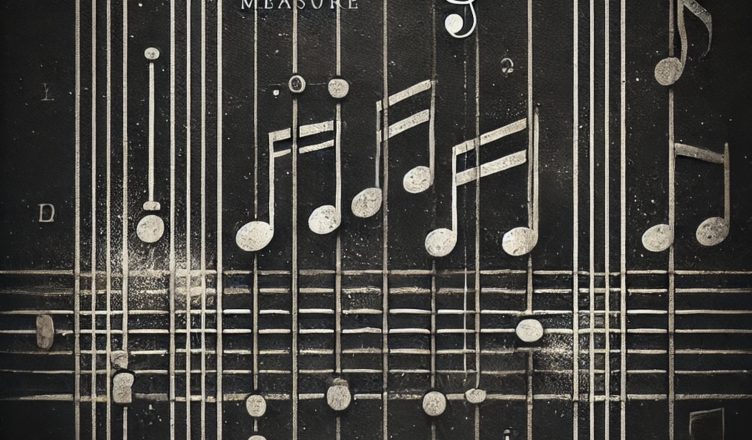If you’re new to music production or songwriting, you’ve probably heard terms like “measure” thrown around without fully understanding what they mean. So, what is a measure in music, and why is it essential for creating rhythm and structure in a song?
What Is a Measure in Music?
In music, a measure (or bar) is a segment of time defined by a specific number of beats. It’s like a container that holds a set number of beats based on the time signature of the piece. For example, in a 4/4 time signature, each measure contains four beats, with each beat represented by a quarter note. These measures help break up music into digestible sections, making it easier for musicians to read, write, and play.
To put it simply, measures are the building blocks of a song’s rhythm. By dividing music into equal parts, they allow for more organized and structured composition.
Understanding Time Signatures
Time signatures tell you how many beats are in each measure and what kind of note gets one beat. Common time signatures like 4/4 and 3/4 are easy to recognize because they appear in most popular music. In a 4/4 time signature, the “4” on top tells you that there are four beats per measure, while the “4” on the bottom means a quarter note represents each beat. On the other hand, in a 3/4 time signature, there are three beats in each measure, giving the music a waltz-like feel.
You might also find this interesting.
Why Do Measures Matter?
Measures give music its sense of rhythm and predictability. They allow musicians to stay in sync, especially in group settings. Whether you’re playing the drums, guitar, or even rapping, knowing how to count measures is crucial for keeping your timing in check.
In conclusion, understanding what is a measure in music, helps both beginner and seasoned musicians create structured, rhythmic compositions that resonate with listeners.
Read more about what measure is in music.

